iPhone 15 Shifts to USB-C: What You Need to Know
Apples iPhone 15 lineup has transitioned to USB-C, dispelling rumors of restricted accessory compatibility. The devices feature standard USB-C ports, similar to Macs and iPads, ensuring wide compatibility.
Apple's transition from Lightning to USB-C in its iPhone 15 lineup was a highly anticipated move, and it aligns with new regulatory requirements in the European Union (EU) and other regions. The company had been hinting at this shift for several months, making it no surprise to those closely following Apple's developments.
One key aspect that generated considerable speculation was how Apple would implement USB-C in its iPhones. Rumors suggested that the company might limit data transfer and charging speeds for accessories not certified through its Made for iPhone (MFI) program. According to these rumors, uncertified USB-C accessories could be restricted to basic functionality, such as 480Mbps USB 2.0 transfer speeds and slower charging rates. (Reports from MacStories indicated that the new iPhones support 20W fast charging, with the potential for even faster charging using higher-wattage adapters. Additionally, iPhones could provide up to 4.5W of power to connected accessories like USB-C AirPods cases.) Officially licensed Lightning cables rely on a controller chip for authenticity verification, and cables lacking this chip could trigger error messages and refuse to function.
However, the credibility of these USB-C rumors was questionable from the outset. Apple has been equipping its Macs and iPads with fully compliant USB-C ports for years, and these ports have proven to be less temperamental than some PC equivalents. Some HP and Lenovo PCs, for instance, exhibit issues like slow charging or reduced performance when used with third-party chargers, while MacBooks have generally cooperated with various chargers without fuss.
We can now confirm that these initial reports were inaccurate. iPhones indeed feature standard USB-C ports that seamlessly function with all existing USB 3 and USB-PD (Power Delivery) compliant cables, chargers, and accessories, just like Apple's other devices. Comprehensive testing will reveal how iPhones interact with different plugged-in items, but Apple has discreetly updated compatibility tables for its official authentication-chip-less USB-C chargers and cables, including third-party brands like Mophie and Belkin that predate the iPhone 15's introduction.
This isn't to dismiss the possibility of a licensing program for iPhone-compatible USB-C accessories in the future. However, concerns that only Apple-licensed cables would enable optimal iPhone functionality have proven unfounded.
Apple's history of charging extra for cables, dongles, and chargers may have contributed to these suspicions. In recent years, Apple has phased out charger extension cables for Macs, stopped including headphones and chargers with iPhones altogether, and mandated the use of USB-C and Lightning dongles for newer Macs and iPhones, ostensibly under the guise of sustainability. Despite this, Apple continues to offer these items separately for purchase. Consequently, it didn't seem implausible that Apple would introduce a universal charging port for the iPhone that still required Apple-licensed cables for the best experience.
Fortunately, the USB-C ports on iPhones will operate just like those found in iPads and Macs. In essence, they function as standard USB-C ports, replete with the advantages and limitations characteristic of the USB-C standard.
Download your fonts:
Love Letters Font - Free Download
Calvin and Hobbes Font - Free Download
BoyzRGross Font - Free Download
Aka Potsley Font - Free Download
ICBM SS-20/25 Font - Free Download
False Positive BRK Font - Free Download
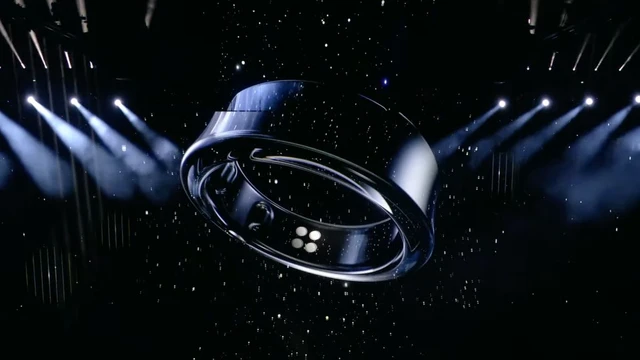
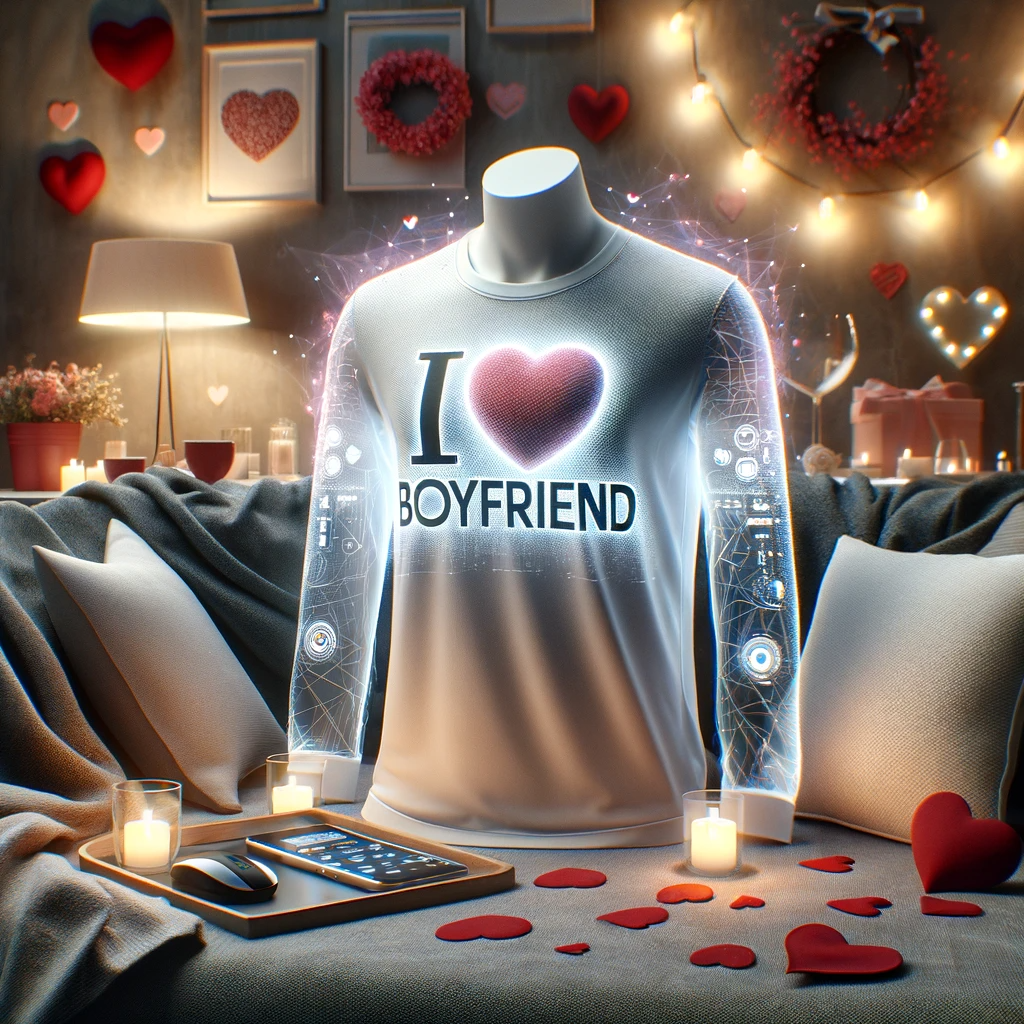

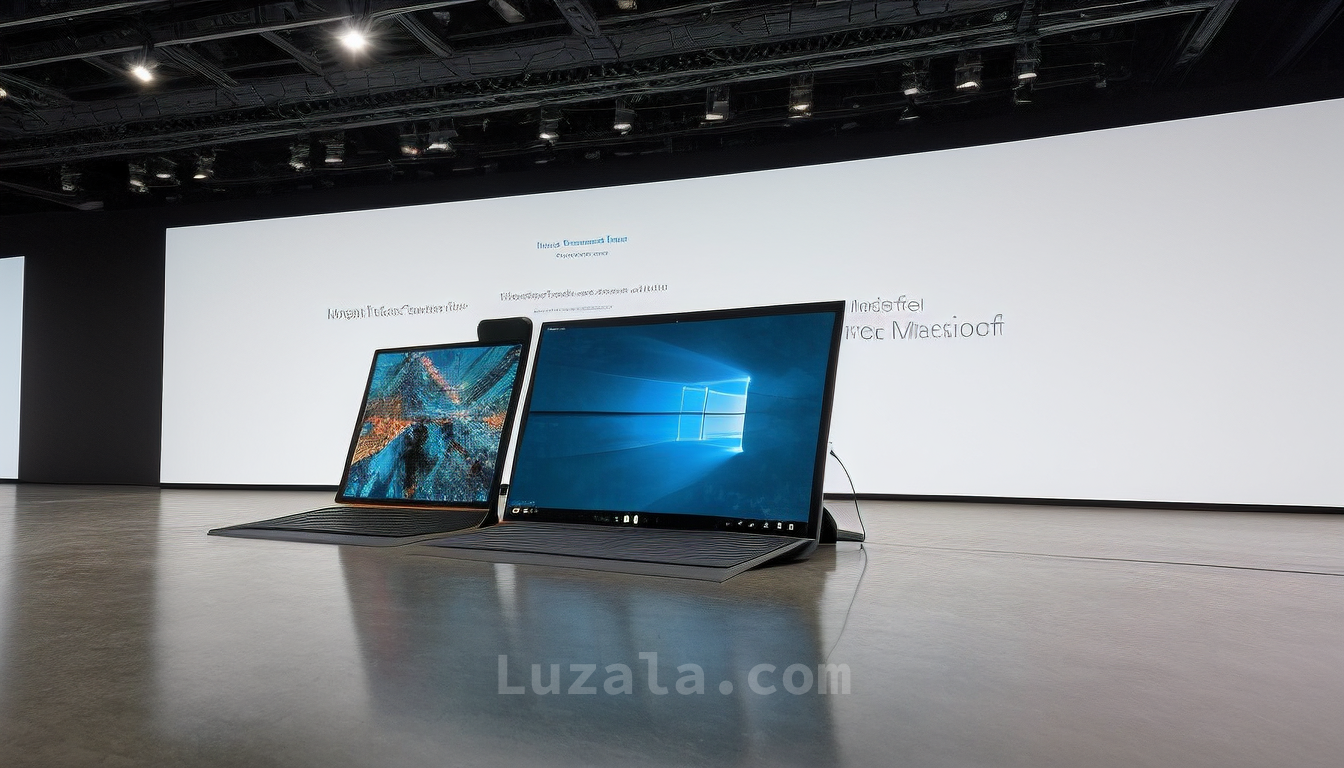
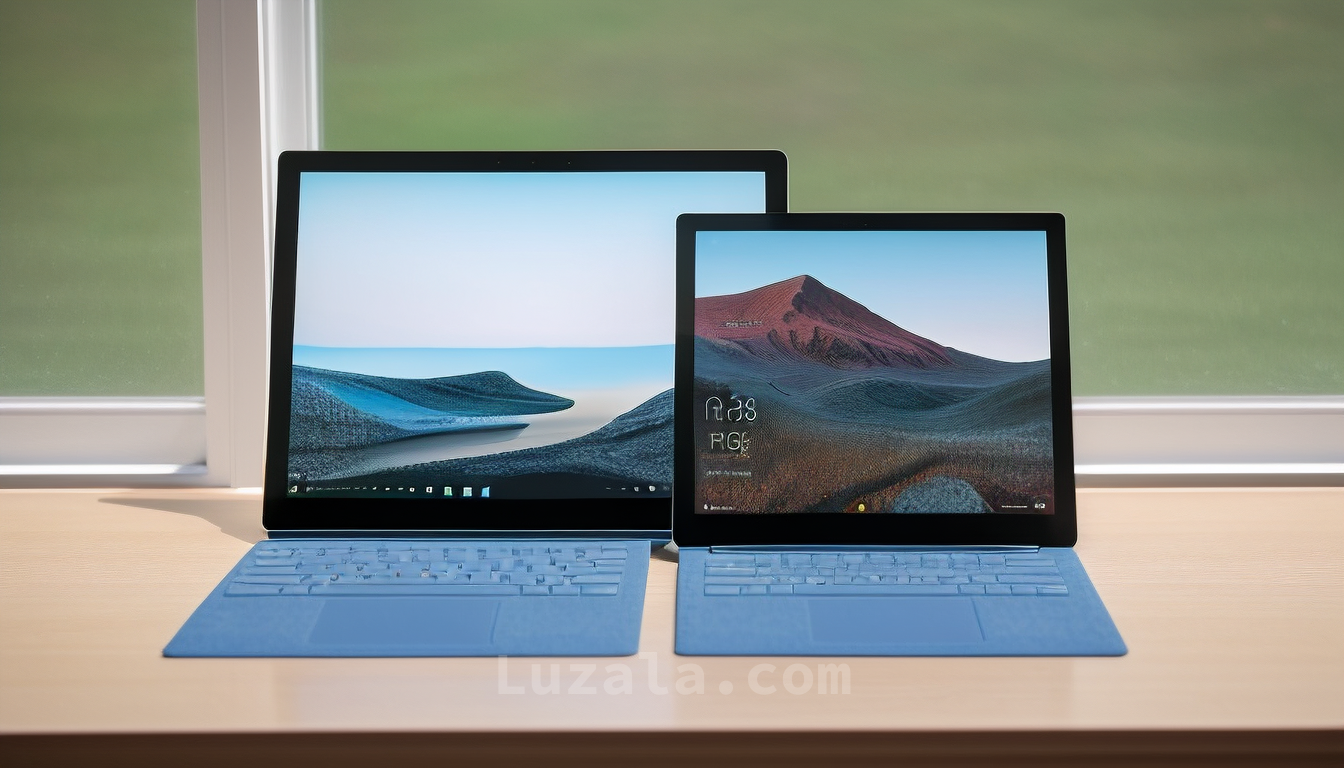

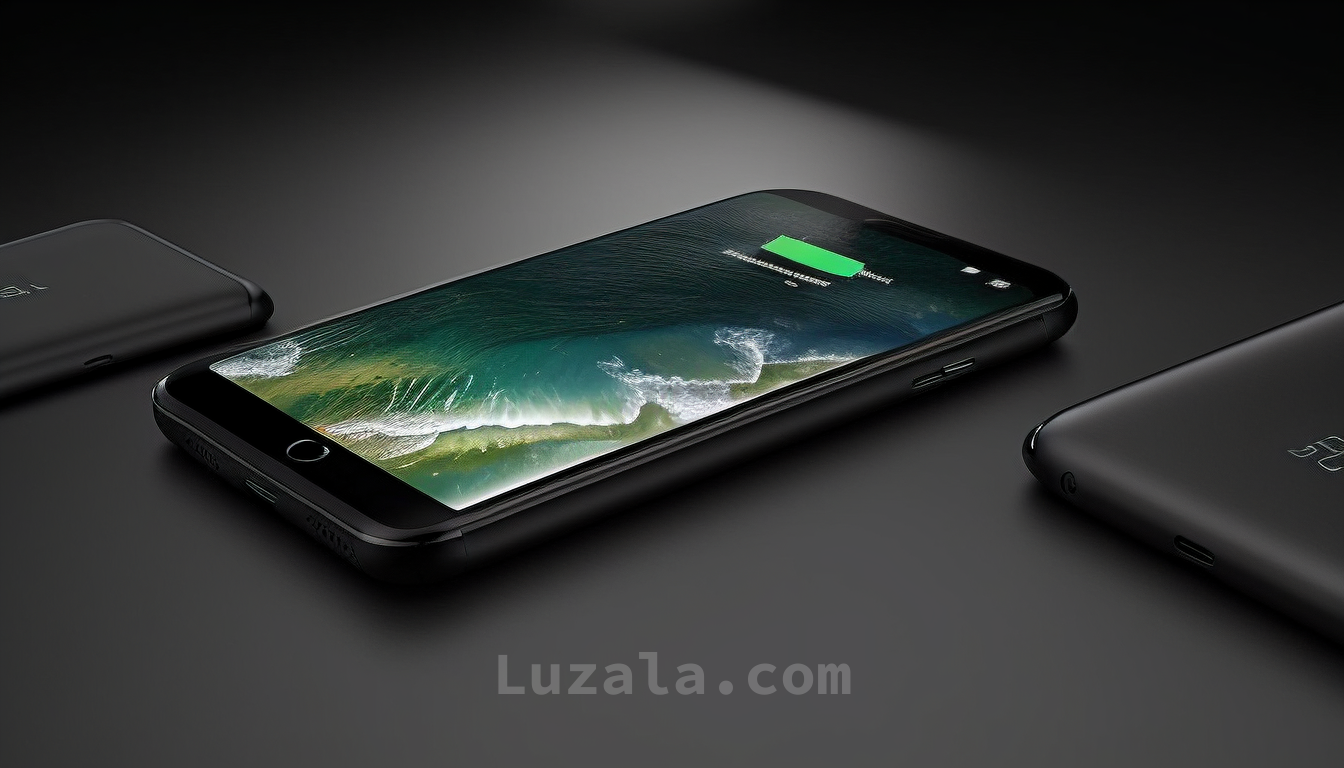


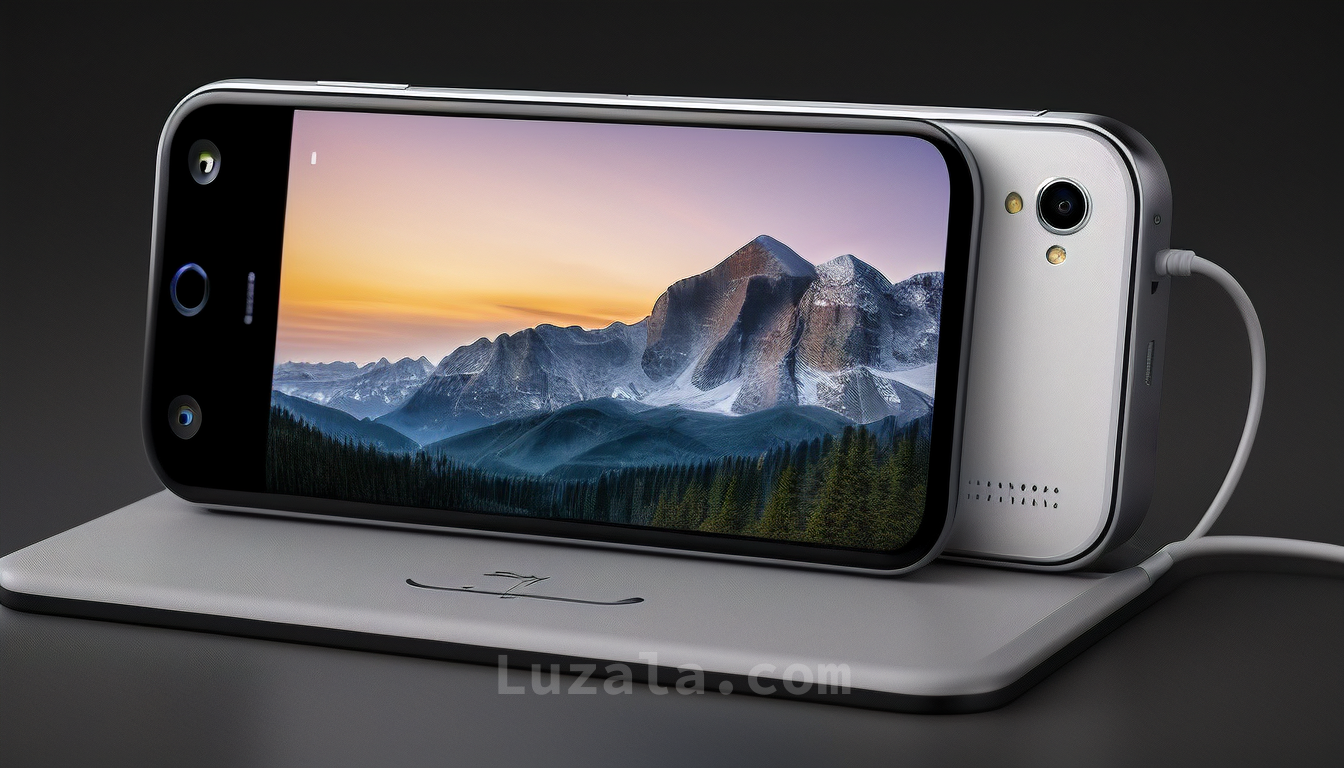





Comments